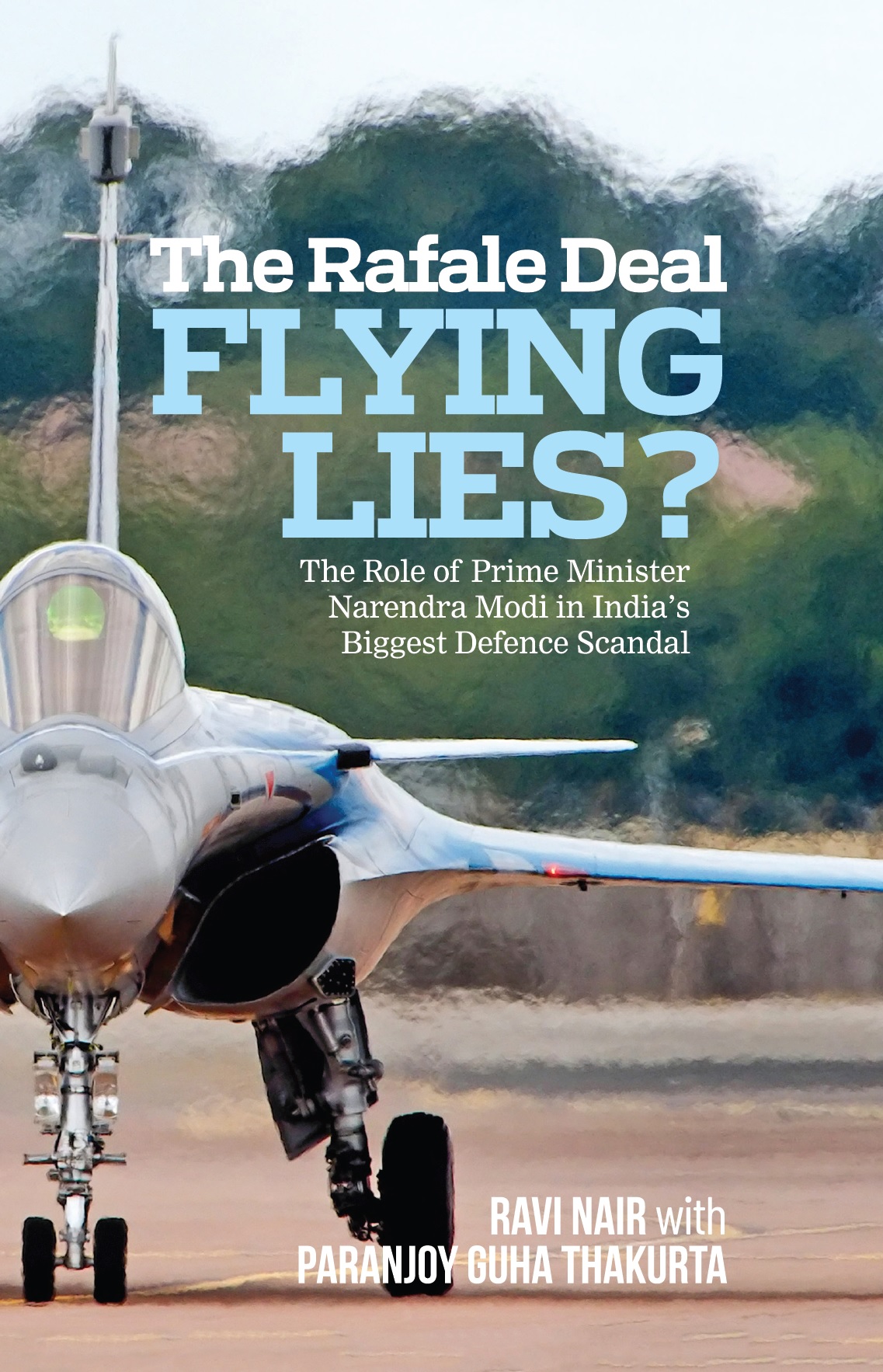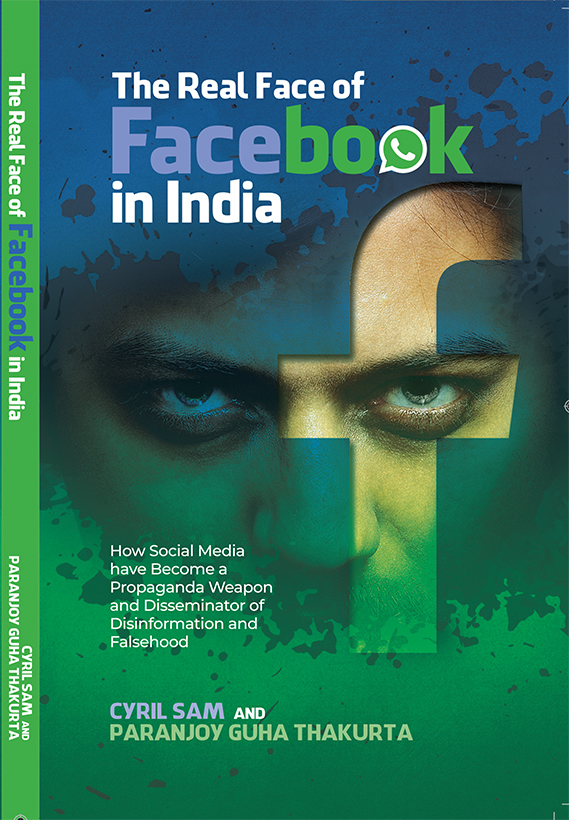India's capital is unique in one respect. It is the only urban area in the world with more than a dozen English newspapers published daily.
No, it's not London or New York or Washington or Los Angeles, but New Delhi that has the largest number of small, medium and large English newspapers that come out every day. The other cities have loads of periodicals, not dailies.
This fact has evidently nothing to do with the population of English-speaking individuals in the country's national capital region. Nor for that matter does it have any relation with the literacy level in this part of the world.
This unusual phenomenon is related to two sets of factors.
One, many newspapers published from Delhi are extensions of the ego of an individual or an organisation - thus, profitability or circulation is not an important factor explaining the existence of the daily in Delhi.
The second explanation for the proliferation of all newspapers (and not just English dailies) in the capital is that once upon a time, the Union government used to generously provide land to newspaper publishing companies, many of which are currently sitting on expensive real estate in prime localities.
Despite the existence of more than 12 dailies in Delhi, two newspapers, The Hindustan Times and The Times of India, take up the lion's share of the circulation and readership of all English dailies here.
In recent weeks, the two arch rivals have been carrying on an unseemly duel on their front pages. Each claims it is the most widely read newspaper in Delhi.
The battle of words was kicked off by The Times of India on September 25 when it claimed on its front page: 'The world's largest daily English language broadsheet is now the most widely read newspaper in the country's capital.'
The following day, The Hindustan Times hit back saying it had always been and remained the leader. It refuted TOI's contention by arguing that it had failed to submit its circulation figures for the January-July 2002 period to the Audit Bureau of Circulations for certification.
The TOI based its claims on the Indian Readership Survey - a survey that claimed that the newspaper had a daily readership of 1.13 million against 0.96 million in the case of HT.
The TOI went on to tom-tom its credentials based on the IRS and claimed it was the largest English daily in India (and, of course, the world) with a total readership of 6.1 million.
It added that The Hindu came a poor second in the country with a readership of 2.8 million followed by HT (2.1 million), Deccan Chronicle and New Indian Express.
It was pointed that the TOI was the only English daily among the top ten dailies in the country.
The nationwide ranking of all daily newspapers is led by the two Hindi heavyweights, Dainik Bhaskar (with readership of 13.6 million) and Dainik Jagaran (13.5 million) and followed by the biggies from the south, Malayalam Manorama (9.2 million), Daily Thanthi (8.8 million) and Eenadu (8 million).
As is common knowledge, circulation and readership are different. This difference was sought to be emphasised by the TOI.
It was pointed out that in the last two years, the number of readers per copy of a single newspaper sold in Delhi had declined. In the case of TOI, this figure had come down from 2.7 to 2.3, whereas in the case of HT, the figure had declined from 2.2 to 1.7.
The TOI claimed this decline was a consequence of lower prices, thanks to the intense price-cutting it had earlier initiated. The so-called 'invitation' price of each edition of the TOI in Delhi is currently Rs 1.50 on weekdays, a price matched by HT. On Sundays, however, HT costs Rs 2.75, while TOI is priced lower at Rs 2.
Interestingly, according to TOI, one-third of the total number of readers read both TOI and HT. Over the last two years, the proportion of 'sole' readers of TOI had gone up from 30 per cent to 35 per cent, while in the case of HT the comparable proportion had risen from 30 per cent to 37 per cent.
The HT's version of events is predictably quite at variance with the one presented by TOI. The former newspaper ended up expending much more space to provide detailed information about why it was still the 'largest circulated English newspaper edition in India' and why TOI's claims were at best misleading, if not a bunch of lies.
According to the ABC, in the six-month period July-December 2001, the circulation of the Delhi edition of HT had stood at 0.92 million against 0.87 million in the case of the TOI's Delhi edition.
The HT hinted that its lead of 40,000 copies over TOI in the capital may have gone up in the subsequent six months (January-June 2002) because while its circulation went up to 0.95 million, the TOI did not offer the circulation figures of its Delhi edition for certification by the ABC.
It was pointed out by HT that while the TOI had chosen to offer its editions published out of Mumbai, Pune, Lucknow and Patna for certification by the ABC in the first half of this calendar year, it had curiously chosen not to do the same for its New Delhi and Bangalore editions.
That's not all. The HT gleefully mentioned that the ABC figures indicated that the circulation of TOI's edition published out of Mumbai had fallen from 0.55 million (July-December 2001) to 0.53 million (January-June 2002). The circulation of TOI's Lucknow, Patna and Pune editions had also come down in this period.
Then, the cat was let out of the bag. While HT claimed it did not wish to malign the IRS, it revealed the real reason why it was unhappy with those who had conducted the survey.
HT said it had 'problems' with the 'methodology' adopted by the IRS in the past when the survey had contended that TOI's readership had 'suddenly' shot up by nearly 0.2 million readers between 2000 and 2001 after having gone down in the previous survey.
Instead, HT went on to quote figures from another survey, the National Readership Survey that had been conducted by the National Readership Studies Council in association with ABC, the Advertising Agencies Association of India and the Indian Newspaper Society.
The last NRS had been published in April this year on the basis of fieldwork conducted between January and March. This survey had been conducted by three reputed market research firms: IMRB, TNS Mode and A C Nielsen.
On the basis of the figures cited in the NRS, HT stated that the readership of its Delhi edition in the January-March 2002 period was nearly 25 per cent higher than its nearest rival -- 1.26 million against 1.02 million in the case of TOI.
Presumably to rub salt into the wounds of the competition, HT elaborated at length about the fact that the ABC is a 'non-profit, self-disciplining voluntary organisation,' comprising 380 publishers, 74 advertisers, 189 advertising agencies, besides 19 other news agencies and associations.
Earlier, Bennett Coleman Company Limited, publishers of the TOI, had slashed newspaper prices in the capital on the strength of what was perceived to be its growing clout in the market.
Some newspapers, notably HT, had to follow suit in order to hold on to its readers, while other dailies which were already bleeding could do little or nothing about the situation except watch their already small market-shares shrink further.
Amidst all these skirmishes between dailies, there is one crucial aspect of the newspaper business that tends to be forgotten and that is, content.
In recent years, many newspapers published out of the capital have been assiduously following an unwritten policy of 'dumbing down.'
Not unlike Bollywood producers, some newspaper owners pretend they know exactly what the 'public' wants - which is supposed to be a mindless fare of trivia, gossip and goings-on at high-society parties.
In this respect, at least, the TOI has taken the lead.


